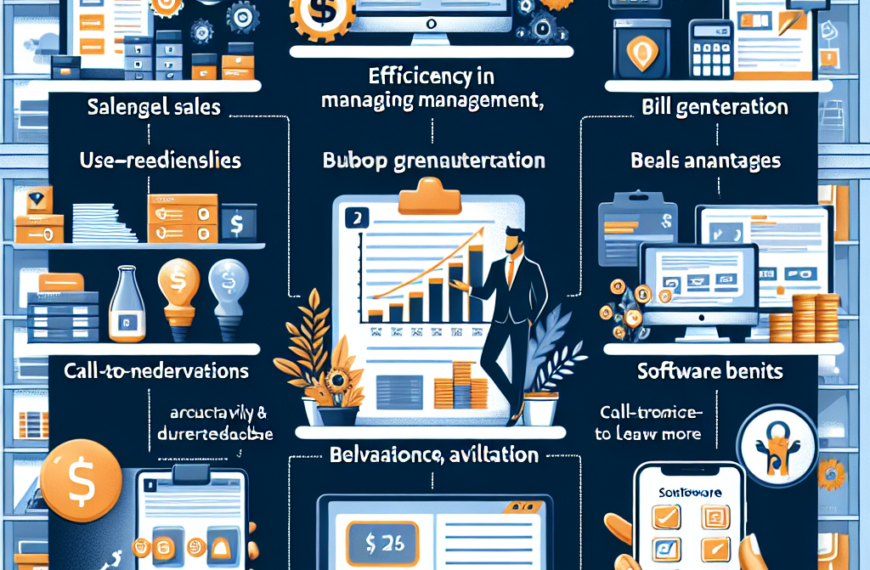Navigating the Future: Innovations in Sustainable Ports
In a world driven by globalization and international trade, ports play a pivotal role in ensuring the smooth flow of goods across the globe. However, with increasing environmental concerns and the need to reduce the carbon footprint of the shipping industry, the traditional port model is evolving. The future of ports lies in sustainability and innovation, where ecological and economic concerns converge to create a greener, more efficient, and prosperous future.
Sustainable Infrastructure
One of the foremost innovations in sustainable ports is the development of eco-friendly infrastructure. Traditional ports have often been associated with air and water pollution, but the sustainable port of the future aims to reverse this image. These ports prioritize the use of renewable energy sources, such as wind and solar power, to operate their facilities. LED lighting, energy-efficient buildings, and advanced waste management systems are becoming common features, drastically reducing the ecological footprint.
Furthermore, innovative designs and construction materials are being utilized to minimize the impact on local ecosystems. Ports are increasingly adopting green building practices, utilizing recycled materials and even creating artificial reefs to enhance marine biodiversity.
Smart Port Technologies
The integration of cutting-edge technologies is another driving force behind sustainable ports. The rise of the Internet of Things (IoT) has enabled ports to monitor and optimize their operations in real-time. Smart sensors, autonomous vehicles, and drones are used for cargo handling and security. These technologies improve efficiency, reduce fuel consumption, and minimize congestion within the port
Additionally, blockchain and data analytics are helping ports streamline supply chain operations, reducing delays, and enhancing transparency. This not only makes the shipping process more sustainable but also more cost-effective.
Clean Energy Transition
Sustainable ports are at the forefront of the clean energy transition. To minimize greenhouse gas emissions, many ports are investing in electric and hybrid vehicles for cargo handling, as well as electrified cranes and equipment. Shore power facilities, which enable vessels to plug into the local grid instead of running their engines while docked, are becoming more common. Some ports are even experimenting with alternative fuels, such as hydrogen and ammonia, to power ships and reduce their carbon footprint.
Moreover, the development of alternative fuels and the electrification of shipping are promising steps towards a sustainable future. By reducing the reliance on fossil fuels, ports can significantly lower their contribution to air pollution and climate change.
Eco-Friendly Port Operations
Ports are also implementing various eco-friendly practices in their daily operations. One notable approach is the reduction of ballast water contamination, which has been a major environmental concern. Sustainable ports are adopting innovative ballast water treatment systems that cleanse water before it is released, preventing the spread of invasive species.
Additionally, the reduction of noise pollution is a focus for many ports. Noise barriers, sound-absorbing materials, and scheduling limitations are employed to mitigate the impact of port activities on local communities and marine life.
Community and Stakeholder Engagement
Sustainability is not just about environmental considerations but also social responsibility. Sustainable ports are actively engaging with their local communities and stakeholders to ensure that their operations benefit everyone involved. This includes creating job opportunities, offering training programs, and supporting local businesses. Sustainable ports aim to be good neighbours and partners in the regions they operate, fostering a positive relationship with the community.














